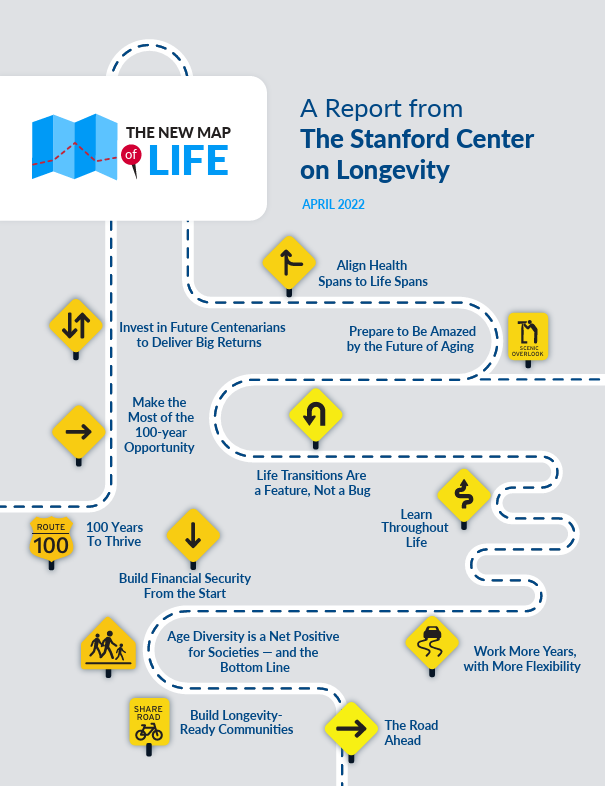“We see a population that’s aging in the homes,” he said. “Typically, we would see houses turn over, but we’re not seeing that.”
The recent news of school closures in the North East Independent School District (NEISD) in San Antonio, as reported by KSAT, highlights a trend impacting communities nationwide: declining enrollment. While factors like lower birth rates and educational alternatives are often cited, there’s a less discussed element contributing to this decline: aging in place.
Aging in place refers to the phenomenon of older adults remaining in their homes and communities as they age, rather than relocating. While this offers numerous benefits for individuals, it can inadvertently impact school enrollment. As established residents age and their children move on, fewer families with school-aged children are moving in to replace them. This demographic shift creates a ripple effect, leading to fewer students and ultimately, impacting school viability.
For Generation X, this trend hits close to home. Many of us are now facing the realities of caring for aging parents, often in the very homes we grew up in. We understand the desire to remain in familiar surroundings, surrounded by memories and established support systems. However, we also recognize the unintended consequences this can have on our communities.
The connection between aging in place and school closures isn’t always obvious. It’s a subtle demographic shift that unfolds gradually. As neighborhoods age, the population of school-aged children dwindles, impacting enrollment numbers. This can lead to difficult decisions for school districts, forcing them to consolidate resources and close schools.
This isn’t to say that aging in place is a negative trend. It’s a natural desire for many, and it offers significant benefits for older adults. However, it’s crucial to acknowledge the impact it can have on other aspects of our communities, including our schools.
So, what can be done? Addressing the challenge of declining enrollment requires a multifaceted approach. It involves attracting young families to established neighborhoods, supporting affordable housing options, and investing in community amenities that appeal to families with children. It also requires open conversations about the long-term implications of demographic shifts and proactive planning to ensure the vitality of our communities for generations to come. For Generation X, it’s about recognizing the changing landscape of our neighborhoods and actively participating in shaping their future.



